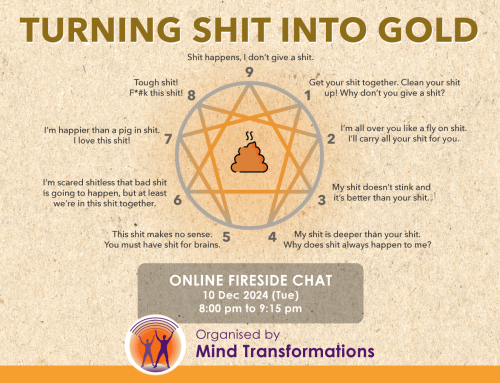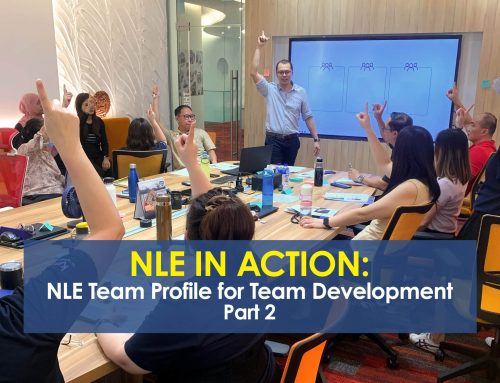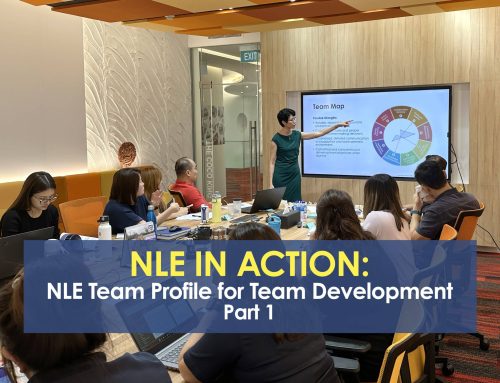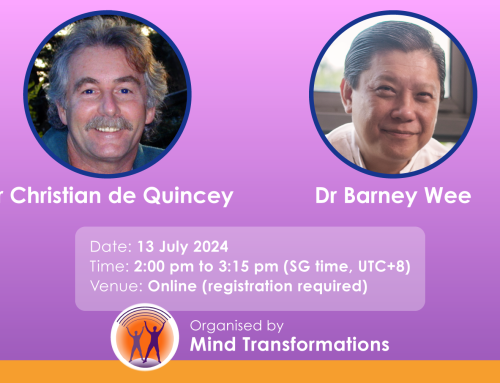By Ian Lye
Coaching Presence is the ability of the coach to be fully conscious and create spontaneous relationship with the client, employing a style that is open, flexible and confident. In coaching language, we say the coach is “holding space” for the client.
In applications, the turning point for clients is more than just the coaching models, questioning techniques and strategies, but together with the 'coaching micro skills' to align your coaching presence and to hold the space.
In this article, we take a look at this “space” and how to “hold” it.

The space
This “space” is not just a physical space, but more of a moment of time that encompasses mental space, emotional/psychological space, and an energy space.
Mental space is “occupied” when the client expresses, reflects or transforms.
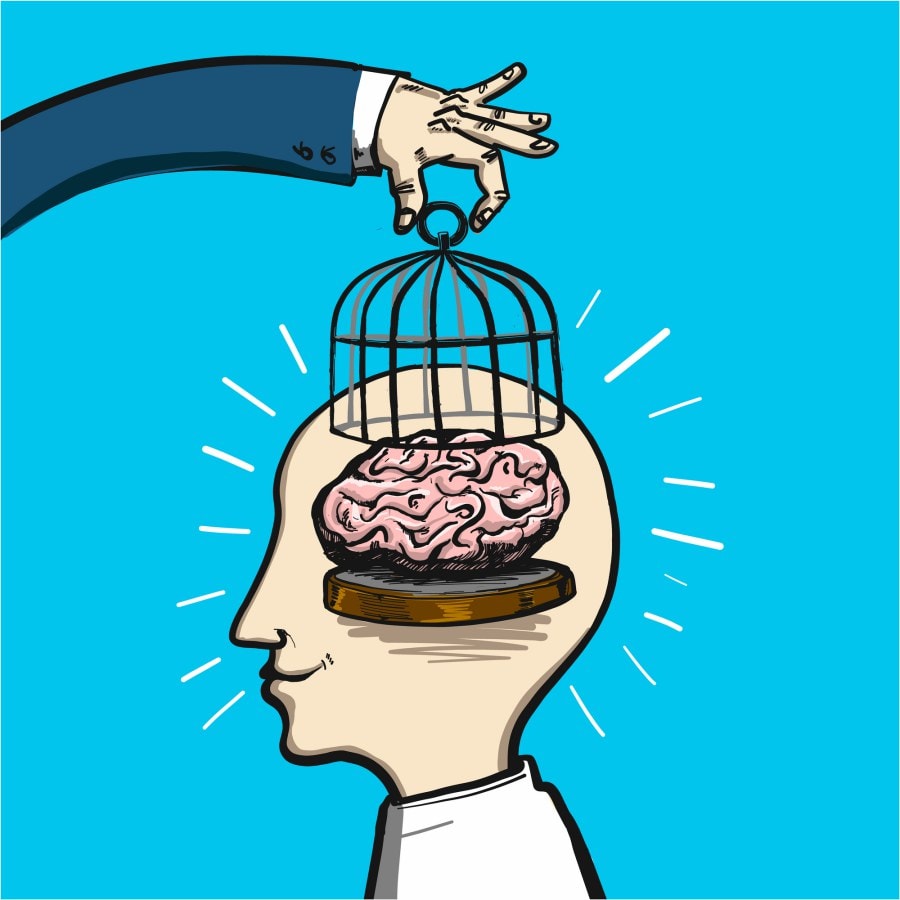
Emotional/ psychological space allows the clients to be emotionally connected to the coach, feels psychologically safe to be coached, and allow themselves to be vulnerable.
This is often the “coaching intimacy” defined in coaching competencies.
Energy space is mostly a physical space, sometimes an online space, where the coach and client can exchange their energy.

All of us have vibrations and we influence one another with or without us knowing – commonly known as “vibes” – and the energy space allows this exchange to take place.
The above spaces can be summarized into a “safe, quiet, and challenge space” that you are holding for the clients to support them in their discovery and growth journey. It takes permission, trust, and courage for the coach to create and uphold this space continually during coaching.
How to hold the space?

Coaching presence is not just about staying focused on the clients. In fact, you are unable to “hold the space” for the clients if you are so involved in analyzing the clients’ situations, understanding their context & relationships, trying to solve their problems, or brainstorming options for the their challenges.
As the term suggests – holding space – it is like being a container and creating emptiness so that the clients can fill it in with their own resources. It is about keeping your judgment, solutions, emotional responses, new ideas, etc. at bay (outside the container) so that your clients can “walk around” or explore within the space you are upholding and let the coaching happens - i.e. express, reflect, and transform. Often times, it is also to hold this space for your clients just to let their “cloudiness” within them to settle – and let clarity and intuition to emerge.
In a nutshell, holding space is not about adding more things into the space, but to clear or uphold spaces (mental, emotional and energy) for your clients and let them do what they do best – solve their own problems.
To do so, you need to be fully aware of your own “compulsions” (i.e. your personality patterns or egoistical urges) and reactions within you during a coaching session. These compulsions may arise as:
The ability to hold yourself back and not let your reactions interfere the coaching is self-mastery.
Many coaches are self-aware but may not have achieved self-mastery. This is an on-going development journey. Self-mastery is closely related to mindfulness – hence it is a moment-by-moment practice – it can become a skill but not a habit.

Ian Lye is an Associate Trainer in Mind Transformations, and an Associate Director in IKIGAI Consultancy Services. An experienced corporate trainer and coach, his passion and focus is on leadership and team development. His approach to development is intuitive and pragmatic, using Neuro-Linguistic Enneagram, neuroscience, and mindfulness to create space for deep exploration and transformation development.
You CAN cultivate the “Spirit” of being an Enneagram practitioner - in our Neuro-Linguistic Enneagram programme.
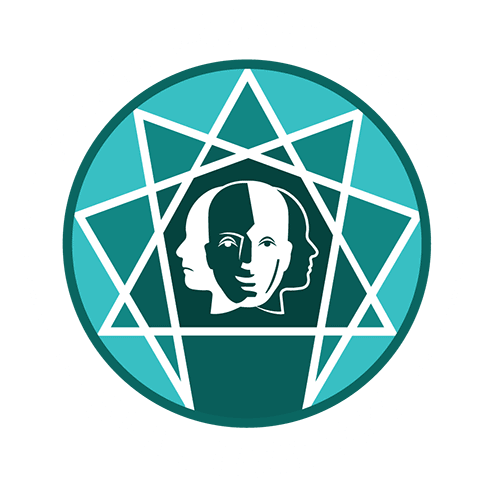
You’ll get to practise this “Spirit” in a supportive coaching environment, and receive feedback to fine-tune your development. You’ll gain first-hand experience working with different Enneagram personalities and how to develop synergy with them. The Enneagram is limited as just head knowledge; when you embody the “Spirit” of compassion and wisdom, people stand to benefit from the flow and finesse in your practice.


